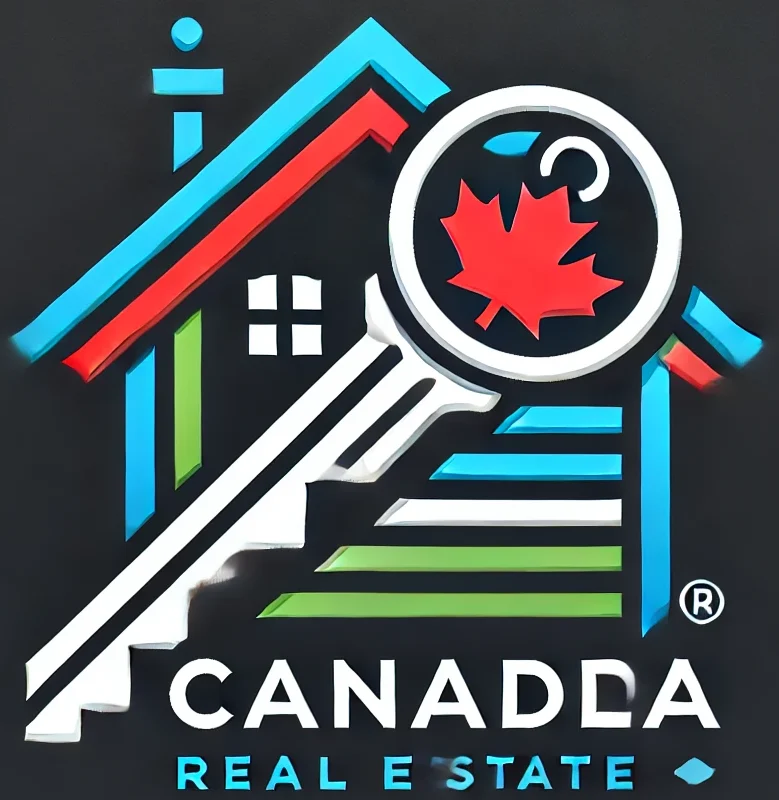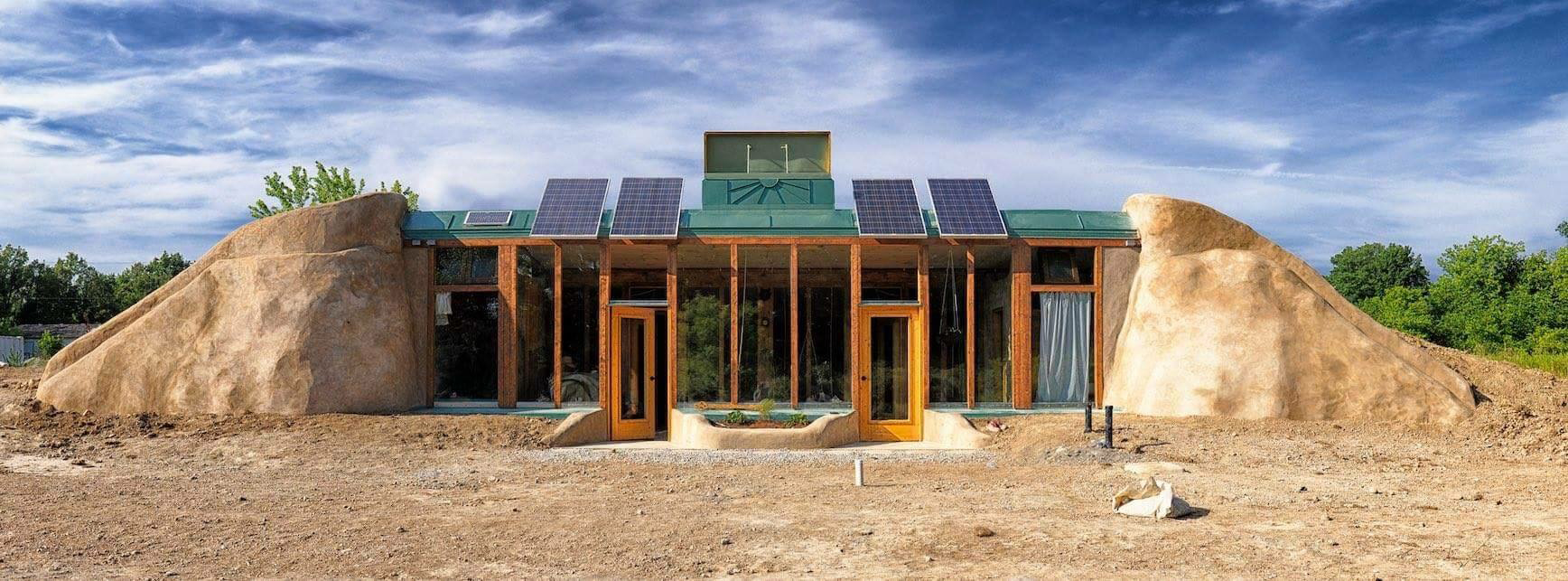The real estate market in Canada is witnessing a significant shift toward sustainability, driven by increasing awareness of environmental issues and a growing demand for eco-friendly living. Buyers are now prioritizing homes that reduce environmental impact, improve energy efficiency, and provide healthier living environments. This paper explores the rise of eco-friendly real estate in Canada, highlighting key trends, benefits, and considerations for buyers.
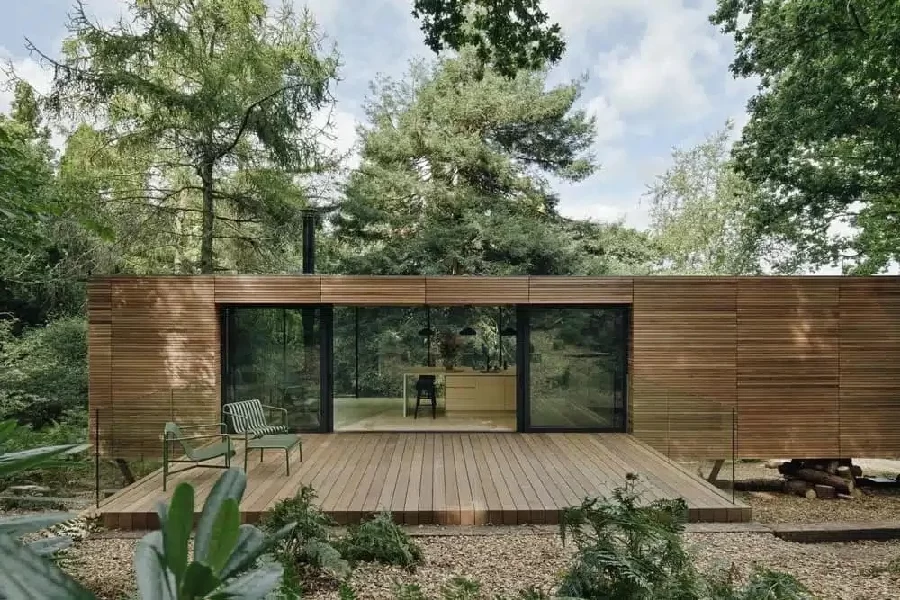
The Growing Demand for Green Housing
Eco-friendly real estate, also known as green housing, is gaining popularity in Canada as buyers and developers alike recognize the long-term benefits of sustainable living. Factors contributing to this demand include:
- Increased Environmental Awareness: Canadians are becoming more conscious of their carbon footprints, prompting a desire for homes that align with eco-conscious values.
- Government Policies and Incentives: Federal and provincial governments have introduced initiatives, such as rebates for energy-efficient upgrades and stricter building codes, to promote sustainable housing.
- Energy Cost Savings: Rising energy costs make green homes appealing, as they typically feature energy-saving technologies that reduce utility bills.
- Market Appeal: Eco-friendly homes often command higher resale values, as sustainability becomes a priority for an increasing number of buyers.
Key Features of Eco-Friendly Real Estate
Green buildings incorporate various features designed to minimize environmental impact while enhancing livability. These include:
- Energy Efficiency: Homes equipped with high-performance insulation, energy-efficient windows, LED lighting, and appliances reduce energy consumption significantly.
- Renewable Energy Sources: Solar panels, geothermal systems, and wind turbines are increasingly common in eco-friendly developments, allowing homeowners to generate clean energy.
- Water Conservation: Features such as low-flow fixtures, rainwater harvesting systems, and greywater recycling help conserve water resources.
- Sustainable Materials: Builders are opting for materials like recycled steel, bamboo, and reclaimed wood to reduce the environmental cost of construction.
- Improved Air Quality: Eco-friendly homes often include ventilation systems, non-toxic paints, and materials that emit fewer volatile organic compounds (VOCs), promoting healthier indoor air quality.
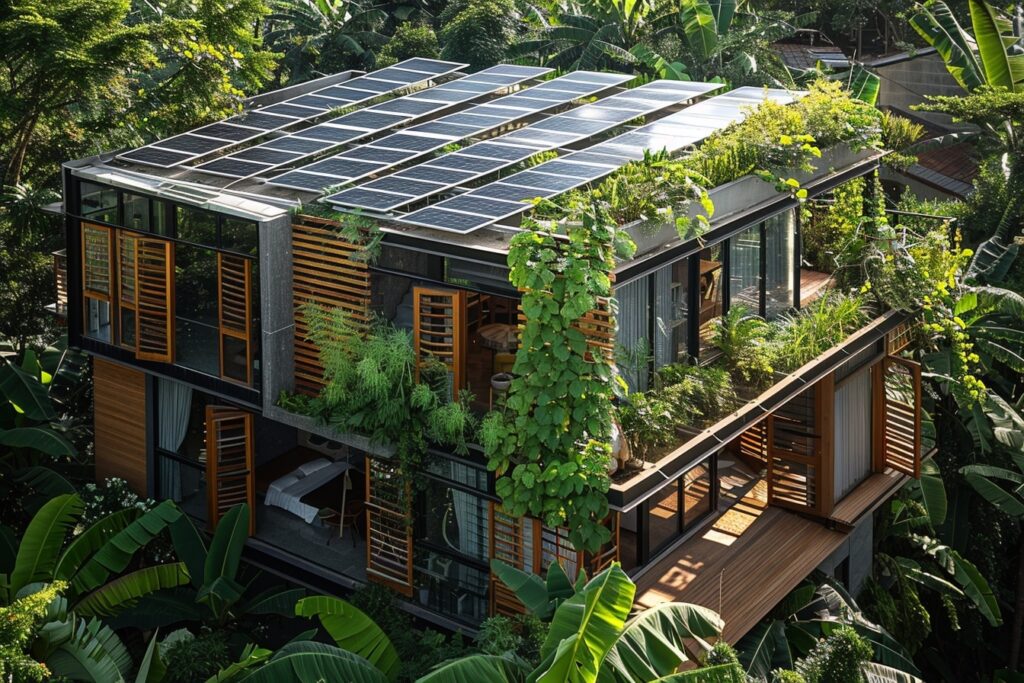
Benefits of Green Homes
Eco-friendly homes offer numerous advantages, both for homeowners and the environment:
- Lower Operating Costs: Energy-efficient features reduce utility bills, making green homes cost-effective in the long run.
- Environmental Impact: By consuming less energy and water, green homes contribute to resource conservation and lower greenhouse gas emissions.
- Enhanced Comfort and Health: Improved insulation, ventilation, and air quality create a more comfortable and healthier living environment.
- Increased Property Value: Homes with sustainable features are often more attractive to buyers, resulting in higher resale values.
- Government Incentives: Programs such as Canada’s Greener Homes Grant provide financial support for energy-efficient renovations, further reducing the cost of transitioning to eco-friendly housing.
Challenges in Eco-Friendly Real Estate
Despite its benefits, the adoption of green real estate in Canada faces several challenges:
- Higher Initial Costs: Sustainable homes often require a larger upfront investment due to the cost of advanced technologies and materials.
- Limited Supply: While the market for eco-friendly homes is growing, they still represent a smaller segment of the overall real estate market, limiting options for buyers.
- Knowledge Gap: Many buyers are unfamiliar with the features and benefits of green homes, leading to hesitation in making sustainable choices.
- Regulatory Variances: Sustainability standards vary across provinces, creating inconsistencies in the availability and quality of eco-friendly homes.
What Buyers Need to Know
For buyers interested in eco-friendly real estate, understanding key aspects of the market is essential:
- Research and Certification: Look for certifications such as LEED (Leadership in Energy and Environmental Design) or ENERGY STAR to ensure the home meets recognized sustainability standards.
- Evaluate Long-Term Savings: Consider the reduced utility costs and potential government incentives when assessing the affordability of green homes.
- Work with Specialists: Partner with real estate agents and inspectors who have expertise in eco-friendly housing to identify suitable properties.
- Prioritize Features: Determine which sustainable features, such as solar panels or improved insulation, align with your lifestyle and budget.
- Understand Financing Options: Explore green mortgages or loans specifically designed for energy-efficient homes to ease the initial financial burden.
The Future of Eco-Friendly Real Estate in Canada
As the demand for sustainable housing continues to rise, the real estate market in Canada is poised for significant growth in this sector. Developers are increasingly incorporating green technologies into their projects, and government policies are likely to further incentivize sustainable practices. Innovations such as net-zero homes, smart energy management systems, and green urban developments will shape the future of housing in Canada.
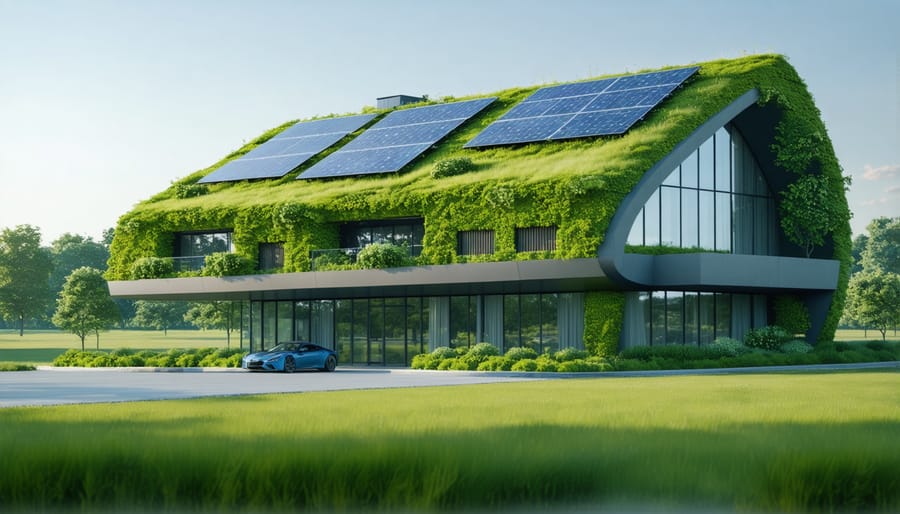
Conclusion
The rise of eco-friendly real estate in Canada reflects a broader societal shift toward sustainability and environmental responsibility. For buyers, investing in a green home offers financial, health, and environmental benefits, making it an attractive choice for the future. By understanding the features, advantages, and challenges of eco-friendly housing, Canadians can make informed decisions that align with their values and long-term goals. As this market continues to evolve, eco-friendly homes are set to become a cornerstone of the Canadian real estate landscape.
